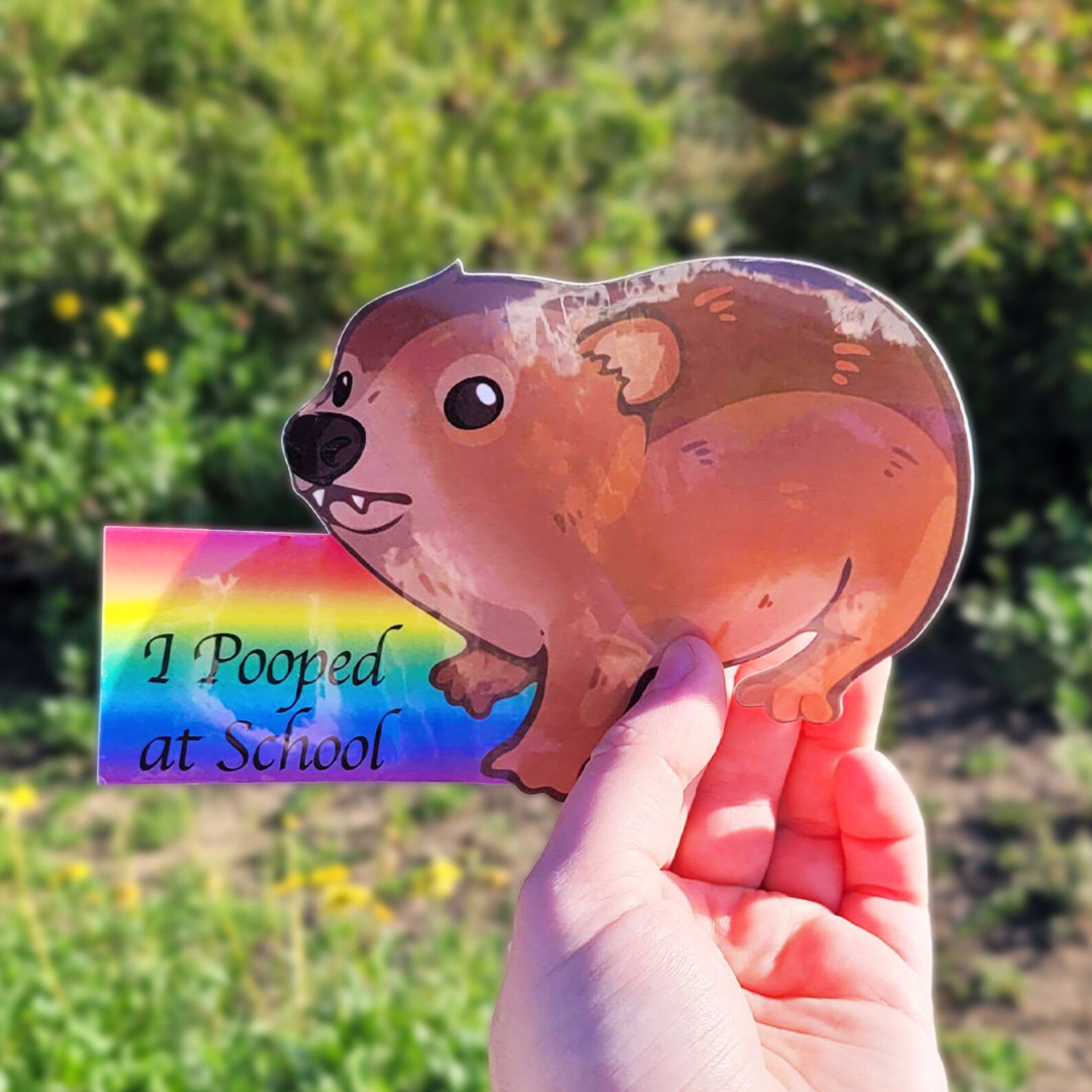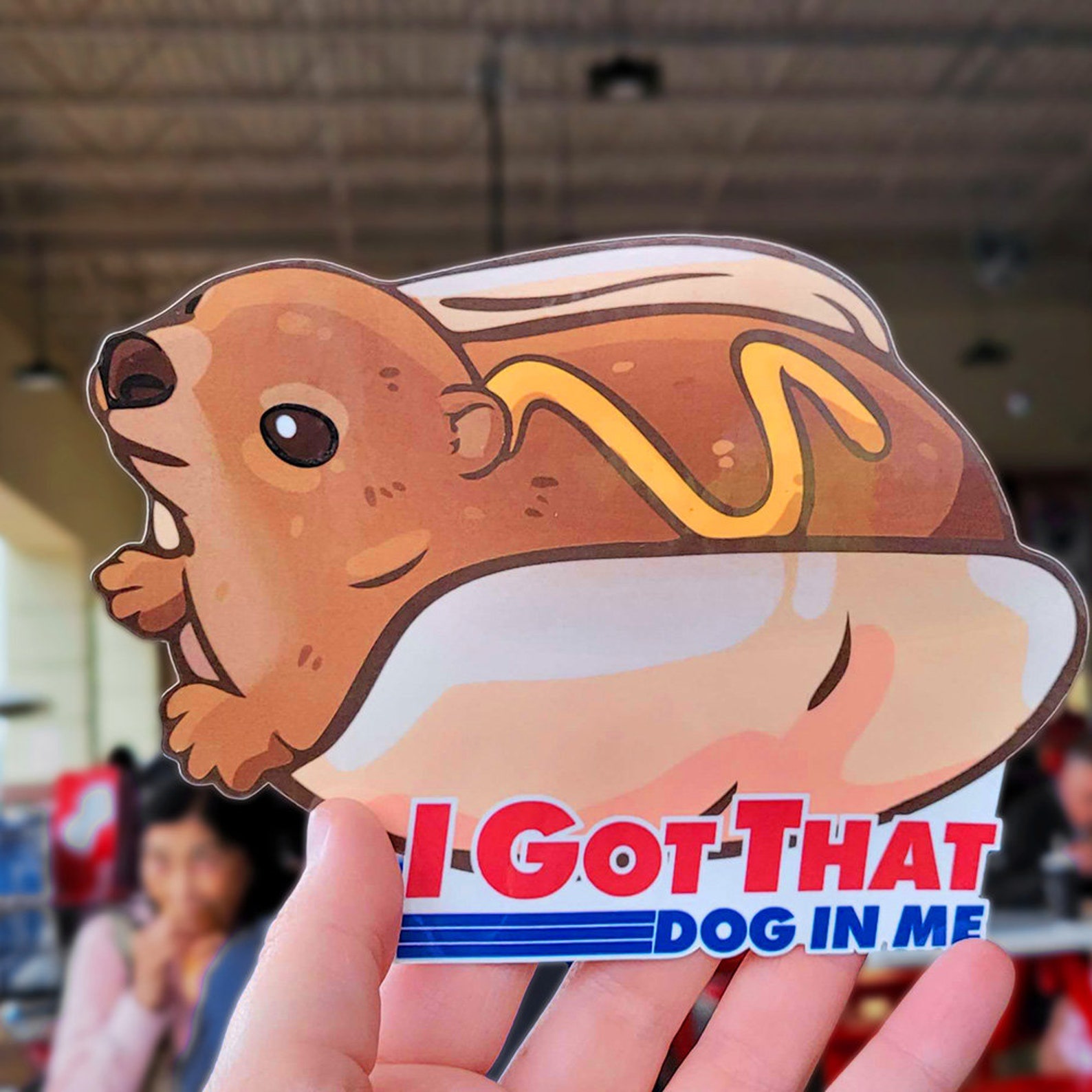Wikipedia Information
Wikipedia Information
Hyraxes (from Ancient Greek ὕραξ (húrax) ‘shrewmouse‘), also called dassies,[1][2] are small, thickset, herbivorous mammals in the order Hyracoidea. Hyraxes are well-furred, rotund animals with short tails.[3] Modern hyraxes are typically between 30 and 70 cm (12 and 28 in) long and weigh between 2 and 5 kg (4 and 11 lb). They are superficially similar to pikas and marmots, but are more closely related to elephants and sea cows.
In the Bible
References are made to hyraxes in the Hebrew Bible (Leviticus 11:5; Deuteronomy 14:7; Psalm 104:18; Proverbs 30:26). In Leviticus they are described as lacking a split hoof and therefore not being kosher. It also describes the hyrax as chewing its cud, reflecting its observable ruminant-like mandible motions; the Hebrew phrase in question (מַעֲלֵה גֵרָה) means “bringing up cud”. Some of the modern translations refer to them as rock hyraxes.[43][44]
Possible Etymology for “Spain“
One of the proposed etymologies for “Spain” is that it may be a derivation of the Phoenician I-Shpania, meaning “island of hyraxes”, “land of hyraxes”, but the Phoenecian-speaking Carthaginians are believed to have used this name to refer to rabbits, animals with which they were unfamiliar.[48] Roman coins struck in the region from the reign of Hadrian show a female figure with a rabbit at her feet,[49] and Strabo called it the “land of the rabbits”.[50]



